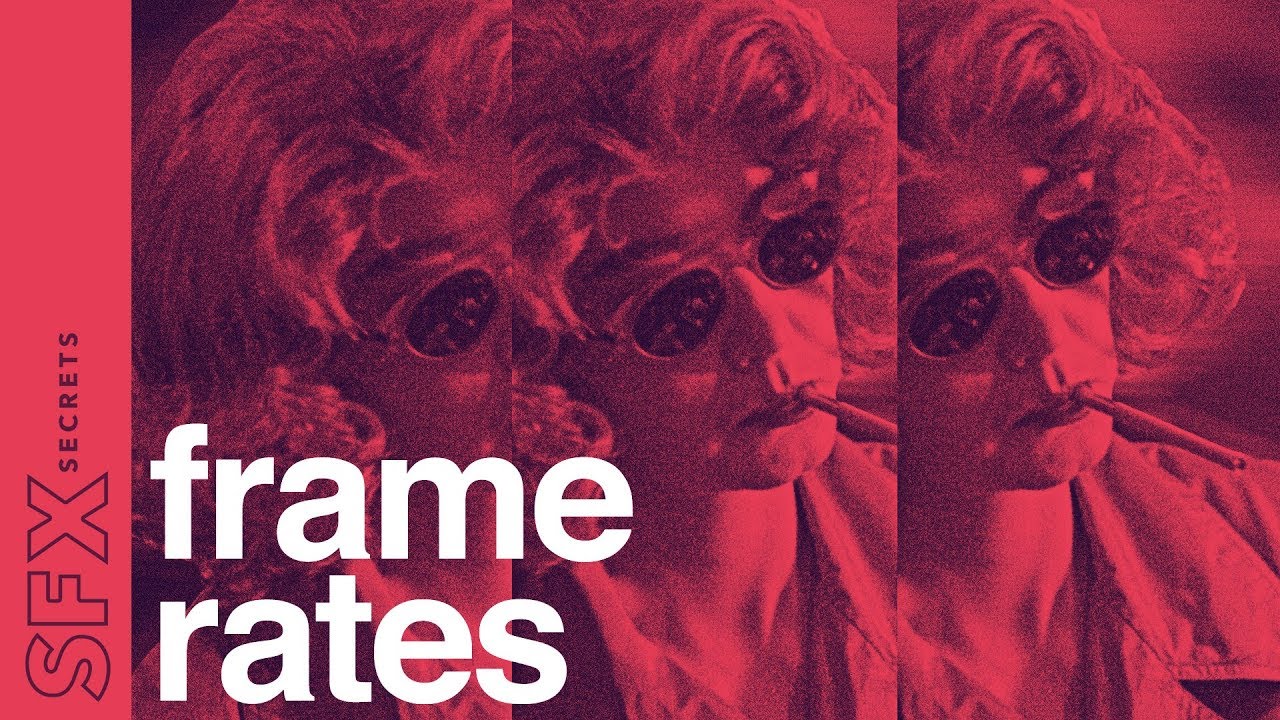Twenty-four images per second. That’s what we see when we watch a movie.
Twenty-four individual photos, played back-to-back, at a speed fast enough to create the illusion of motion. This speed is referred to as frame rate and, since the late 1920s, twenty-four frames per second has been the magic number. Before then, the rate was much lower and varied greatly because early cameras needed to be hand-cranked. Ever notice that silent films look a little jumpy, or faster than normal?
That’s because their frame rates are often lower than twenty-four per second. While twenty-four frames per second is the standard, countless filmmakers—from Ang Lee and Christopher Nolan to Stanley Kubrick and Wong Kar-Wai—manipulate the number for creative effect. Reducing it can generate an accelerated, energetic feel while increasing it is the key to creating the smooth beauty of slow-motion.
Frame rate is one of the more background technical aspects of filmmaking, but it’s fundamental to the cinematic experience. In our latest installment of SFX Secrets, we explore why understanding frame rates will greatly enhance your appreciation of the giant collection of photographs that we call cinema.



